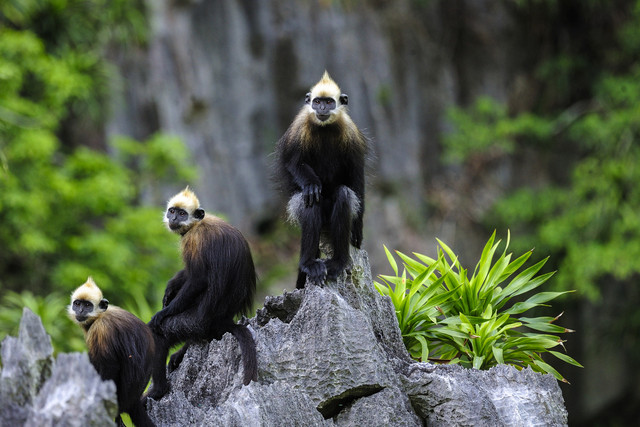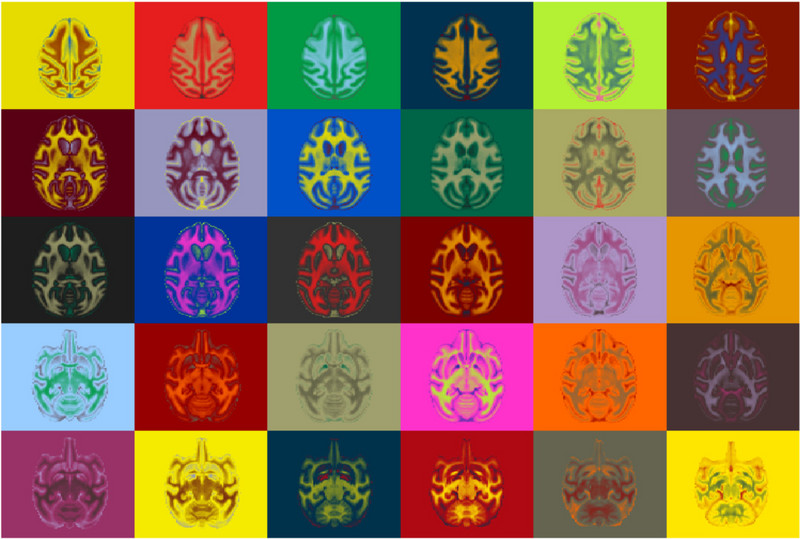The 2020 Photo Award winners have been announced
91 entries in three categories - also in 2020, the Photo Award offered by the Sponsorship Society of the German Primate Center was well stocked. The ten best pictures on the categories "Aesthetics", "Originality" and "Science" hung for several weeks both analog in the DPZ foyer and digitally in an image gallery on the website intranet. DPZ employees were asked to vote for their favorite images. The winners were Nguyen Van Troung in the category of "Aesthetics" for a photo of three Cat Ba langurs, of which only fewer than 70 individuals now exist, Maximilian Michel in the category of "Originality" for his photo of two rhesus monkeys holding hands, and Tor Rasmus Memhave in the category of "Science" with a picture composed of several MRI images of a macaque brain, looking like PopArt style. The prizes, endowed with 200 euros, are awarded once a year exclusively to DPZ employees who enjoy capturing their everyday research life in a picture and expressing themselves creatively in the process.
This year's participation was impressive. The jury, consisting of members of the DPZ Sponsorship Society, had to select the ten best in the categories of aesthetics, originality and science from 96 submissions. These 30 photographs were exhibited in the foyer of the DPZ. Employees and also guests could then cast their vote for their favorite, either online on the intranet or analog with a piece of paper and pen. The awarding of the prize was made possible this year by a generous sponsorship from the company NextPharma.
After the votes had been counted, the three winners could be determined, each with a clear majority in their category:
In the category of Aesthetics, the winner was the photo entitled: "Three of < 70 individuals". The photographer is Nguyen van Truong, a visiting scientist in the Primate Genetics Department. His photograph shows three Cat Ba or golden-headed langurs (Trachypithecus poliocephalus), which are found only on Cat Ba Island, Halong Bay, in northern Vietnam. Like all limestone langurs, Cat Ba langurs are restricted to steep karst formations. With fewer than 70 individuals, the Cat Ba langur is one of the most endangered primate species in the world.
In the category of Originality, the photo titled "Together through life" by Maximilian Michel, an animal husbandry employee, won out. The picture shows two rhesus monkeys holding hands, who have known each other since childhood and have lived together in the animal facility in the MRT building ever since.
In the category of Science, Tor Rasmus Memhave, a doctoral student in the Functional Imaging Department, won with a compilation of cross-sectional images of a macaque brain in false colors, titled "Warhole-esque MRI." The images were acquired with different MRI sequences and show identical structures with different contrasts.
The winners were formally announced at a virtual event on November 17, 2020, and the prizes were delivered to the recipients afterwards.



